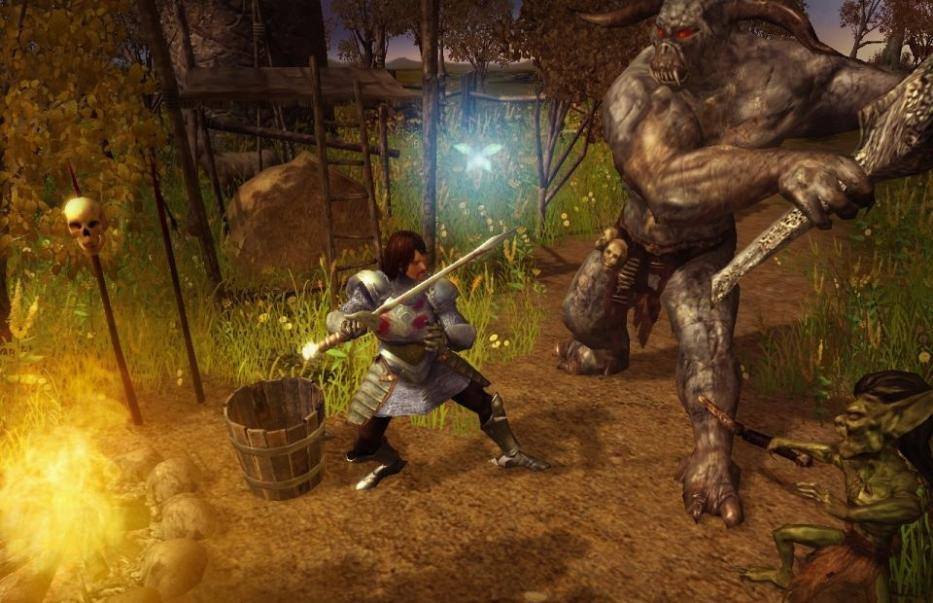Games hands: 12 classic hand games for kids
12 classic hand games for kids
Remember when the best games you could play with two hands required only … two hands? Get the grandkids to put away the handheld video games by playing these mano-a-mano classics.
The Dismembered-Finger Trick
Tuck the thumb of your right hand underneath your first two fingers so that the knuckle is hidden but the thumbnail is visible. Straighten all the fingers of your left hand except the index finger. Fold it down at the middle knuckle as if the top half is gone.
Now press your hidden right thumb knuckle against your folded left index finger knuckle with the two fingers of your right hand hiding the connection.
Slowly pull your thumb away, making it look like you are dismembering your finger. Wriggle the thumb end for effect!
Dance the Hand Jive
Take a trip back in time with this dance craze from the 1950s, made popular again in the late 1970s by the hit movie Grease. Kids love to learn it.
Here’s how it goes:
- Pat your thighs twice.
- Clap twice.
- Wave your hands, one over the other, in front of your chest. Then do it with the other hand on top.
- Bump your fists twice, one on top of the other. Then do it with the other fist on top.
- Point your right thumb over your right shoulder twice, then your left thumb over your left shoulder twice.
Play this song and put it all together to the beat! Pat-pat-clap-clap-hand-hand-bump-bump-thumb-thumb!
Miss Mary Mack
This classic clapping game likely dates as far back as the Civil War, although its exact origins remain a mystery. It’s a more complex version of Pat-a-Cake, with knee slaps, pinky hooks, and more. Show your grandchild how you used to play!
Miss Mary Mack Mack Mack All dressed in black, black, black With silver buttons, buttons, buttons All down her back, back, back.
She asked her mother, mother, mother For 50 cents, cents, cents To see the elephants, elephants, elephants Jump the fence, fence, fence.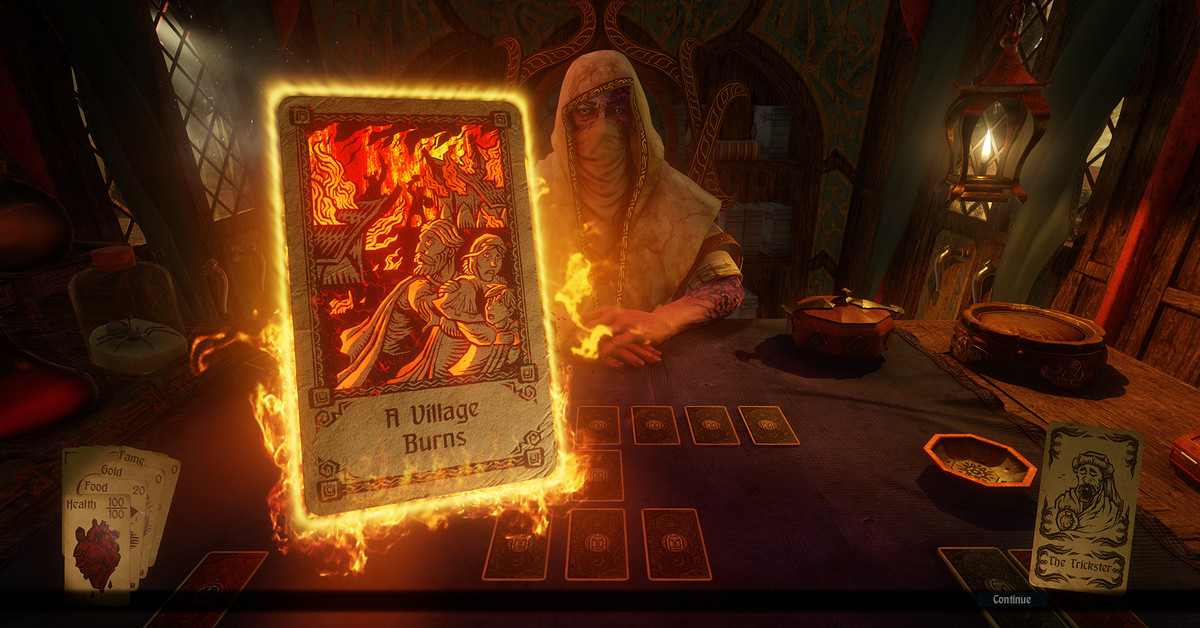
They jumped so high, high, high They reached the sky, sky, sky And they didn’t come back, back, back ‘Til the 4th of July, ly, ly!
Odd or Even
This is a great hand game to help two grandchildren settle a dispute — who gets to go first, who gets to sit in the front seat, etc. It’s a simple game of chance.
Each player holds one hand behind their back, and secretly chooses to put out one finger or two. One player calls odd or even and says, “One, two, three, shoot.”
Players simultaneously put out their hands with one or two fingers extended. Add the fingers together to see who wins. For example, if both kids throw one finger, then the sum is two and even wins.
Rock, Paper, Scissors
Need a game to play on the fly? This is it. It’s easy, quick, and addictive for kids of all ages. On the count of three, each player “throws” his fist into the middle.
To make Rock, make a fist; for Paper, hold your hand out flat; and for Scissors, extend your middle and index fingers.
If players make the same gesture, the game goes on. If not, the winner is decided by a harmonic and intransitive method — Rock crushes Scissors; Scissors cuts Paper; Paper covers Rock.
Use the game to settle disputes about who goes first, or play a best-of-ten (or 20) match just for the fun of it.
Slaps
Despite its name, you don’t have to leave each other red-handed to enjoy this game of manual quickness. Start by placing your hands out in front of you, palms up.
Have your grandchild place their hands, palms down, on top of yours. Your hands should not rest against each other, but should just barely touch as they hover in midair.
Your objective is to quickly bring your hands around your opponent’s and tap the backs of their hands. Your opponent tries to anticipate this maneuver, pulling their hands away to avoid the tap.
If you can tap the other side of your opponent’s hands three times before you miss, you win. If they successfully avoid your tap, then you switch positions and they try to tap your hands.
Thumb Wrestle
This timeless kids’ game is a fun diversion in any dull moment. Clasp hands so your fingers curl together and your thumbs face each other, pointing up.
Together, announce: “One, two, three, four, I declare a thumb war.” Then, using only your thumb, attempt to pin the other person’s thumb to their hand before they can pin yours.
To win, one player must pin his or her opponent’s thumb long enough to say “One, two, three, four, I won the thumb war,” without losing grip on it.
Which Hand Is It In?
Young kids delight in this disappearing-object game. All you need is something small enough to ball up in your fist so that no one else can see that it’s in there: a penny, a marble, a rolled-up piece of paper, etc.
Put your hands behind your back, concealing the object in one. Then show your grandkid both fists. They will love guessing which hand hides the object, especially if they get to keep the prize once it’s found.
Pat-a-Cake
Remember this two-person clapping game?
Pat-a-cake, pat-a-cake, baker’s man Bake me a cake as fast as you can Pat it and prick it and mark it with a B Put it in the oven for baby and me
The basic clapping pattern alternates between clapping your hands and clapping against your partner’s.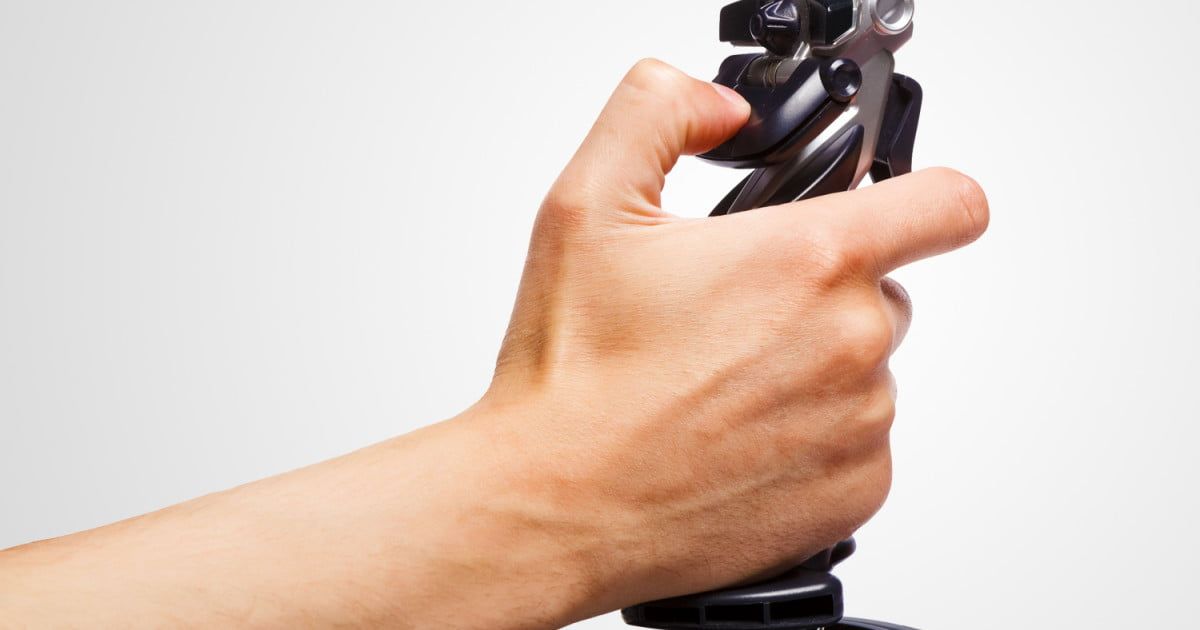
Steeple People
This classic hand game for young children is easy to play and has a fun rhyme to say. Here’s a refresher course if it’s been a while.
Fold your hands together with fingers interlaced downward and hidden between your hands: “Here is the church.”
Raise your index fingers and point them together toward the sky: “Here is the steeple.”
Open your thumbs: “Open the doors.”
Keep your fingers interlocked and turn over your hands so your fingers are facing up. Wriggle them as you say: “And see all the people!”
Create a Special Handshake
One thing that hasn’t changed about kids: they love being a part of an exclusive club. Create your own by making up a handshake only you and your grandchild know.
Here are two kinds you can try, a secret handshake and a fancy handshake:
- A secret handshake incorporates a discreet signal, like a quick squeeze or a thumb pressing on a knuckle, that only club members can know (or see).
- A fancy handshake, on the other hand, you can show off to everyone.Slap the back of your hands, snap, high five, whatever feels fun.
Don’t pick so many elements that you can’t remember the sequence, and practice it a lot. The more effortless your elaborate handshake seems, the better.
Shadow Puppets
Show off your favorite shadow creatures to your grandchild. All you need is a bright light and a blank wall. Do your best bird or butterfly impression, and see what fun new shadow puppets you can create together.
Need some inspiration? Check out this website of manual manipulations: shadow-puppets.com.
Stewart Coerver•March 1, 2012
8 hand games for kids to play
What can we help you find?
ArrowLeftRed
SearchRed
SearchClose
Back
Let kids put their own twist on playtime with these fun hand games to play with nothing but hands — and grown-ups can easily join in, too!
You have shelves full of books and a playroom full of toys, but still kids want something to do-oo-oo.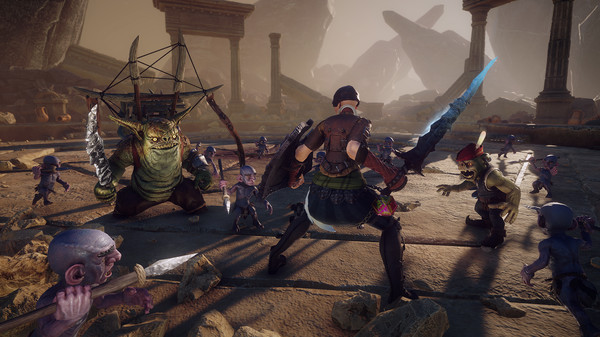
These fun hand games let kids play, but they also let them put their own twist on their play. Here are eight fun games for kids to play with nothing but their own hands, and grown-ups can easily join in.
1. Numbers (or Chopsticks)
This finger game involves simple math and can be played by two or more players ages 5 and up. Each player begins with one finger held out on each hand. Player 1 taps one of Player 2’s hands with her finger, causing Player 2 to hold out a second finger on that hand. Player 2 can then tap one of Player 1’s hands with her two fingers, and Player 1 will have to hold out two more fingers on her hand, so that she now has three.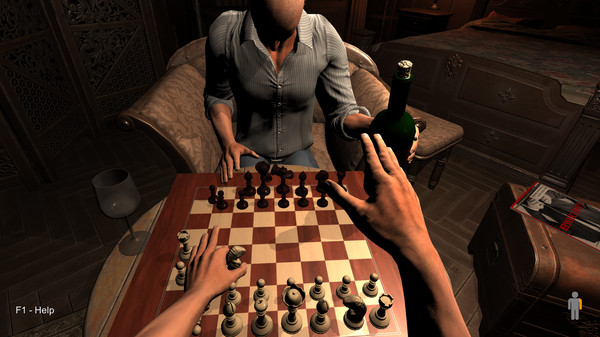
2. Thumb wrestling
The object of this game is to pin your opponent’s thumb down for three seconds. Curl your fingers and lock hands together, thumbs up. Chant together “1-2-3-4, I declare a thumb war,” then let your thumbs do the wrestling. Check out a TED talk by gaming expert Jane McGonigal on how to take this game to the next level by making it a larger-group activity.
3.
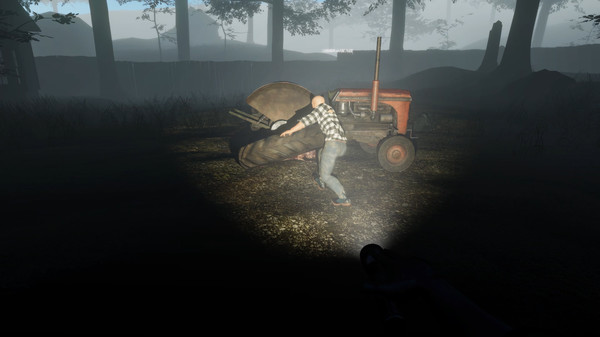
Concentration is a hand-clapping game that challenges kids’ ability to keep rhythm and think on their feet. Two or more players sit in a circle and start the rhythm by slapping their knees, clapping their hands or snapping their fingers in a pattern. The player who is the leader chooses a category, such as names or animals, and on his turn, each player has to call out something that fits this category in time with the rhythm or he is “out.” The last remaining player wins. Check out this example of a mom and her daughter playing together.
4. Finger spelling
youtube.com/embed/5XQkc8w1iXc?feature=oembed” frameborder=”0″ allow=”accelerometer; autoplay; clipboard-write; encrypted-media; gyroscope; picture-in-picture” allowfullscreen=””>
In this game, Player 1 closes her eyes while Player 2 traces a letter of the alphabet on Player 1’s palm. Player 1 has to guess what the letter was. If she’s right, she is the winner, but if she guesses incorrectly, Player 2 wins. Older kids can increase the challenge by spelling out short words.
5. Di-Bi-Di-Bi-Dip (Cham Cham Cham)
This two-player game from Korea is a simple way to decide a winner, similar to Rock-Paper-Scissors. The leader holds out a fist, chanting “di-bi-di-bi-dip” (or “cham cham cham”).
6. Hand-clapping games
From Miss Mary Mack to Miss Lucy’s steamboat and beyond, hand-clapping games play a valuable role in child development. Researchers at Ben Gurion University’s Music Science Lab found these games help with handwriting, spelling and motor coordination. There are many different versions and variations of these hand-clapping games, so help your kids discover their favorites!
7. Ninja
youtube.com/embed/zyvC_FNvnS0?feature=oembed” frameborder=”0″ allow=”accelerometer; autoplay; clipboard-write; encrypted-media; gyroscope; picture-in-picture” allowfullscreen=””>
Ninja is played with two or more people standing in a circle, swiping at each others’ hands to eliminate them. Moving clockwise in turns, players strike a pose in one swift, Ninja-like movement and slap the hand of the person next to them to get them out. To see how it’s played, read this simple explanation or watch one of the largest Ninja games ever from Phillip DeFranco.
8. Hand Slap (or Hot Hands, Flinch or Red Hands)
This game is not for faint-hearted adults. In this game, two players stand face to face. One places his palms up, the other hovers his hands over Player 1’s palms.
Introduce your little ones to easy games for kids from the days before electronic devices ruled the planet. They may discover that unplugging and tuning in to each other is the best way to connect and have a good time.
Like what you’re reading?
Join Care for FREE
Please enter a valid email address
Click ‘Next’ to start an account and get tips, tricks and trending stories.
Already Registered
The email address you entered is already registered. Would you like to log in?
Log in
Almost done!
Join Care for FREE
Create a free account to access our nation wide network of background checked caregivers.
First Name
Please enter first name
Last Name
Please enter last name
Zip Code
Please enter a valid zip code
By clicking “Join now,” you agree to our Terms of Use and Privacy Policy.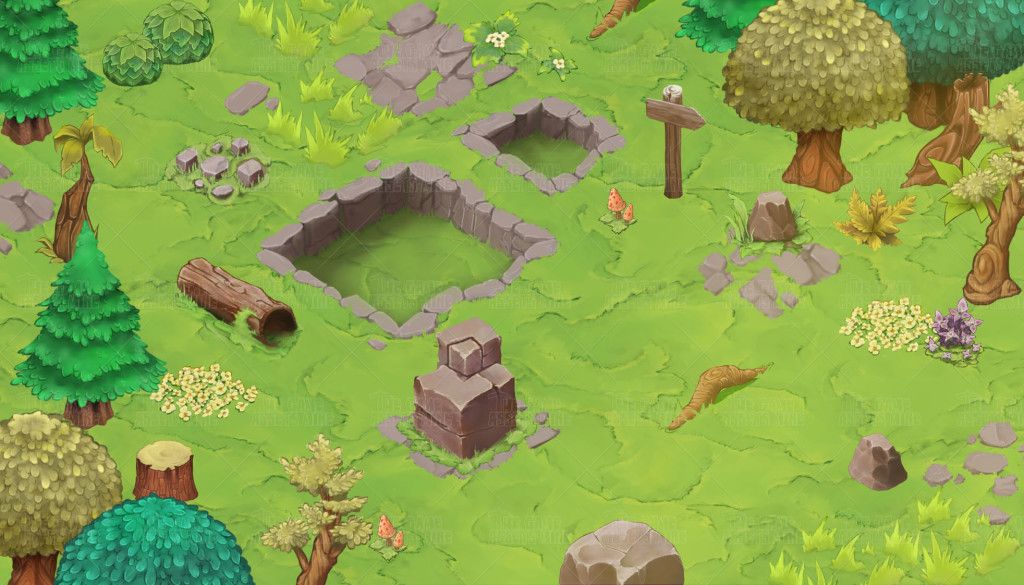
Welcome to Care!
You’re on your way to finding someone your family will love.
Start now
Always at hand: 19 finger games
In the queue to the doctor or at the checkout in the store, on the plane or on the bus, it happens that it is inconvenient to get toys, and you need to play with the child, yes, not to disturb others very much. For this, my son and I gradually accumulated suitable hand games. Because they don’t need anything but hands.
tickler fun
Tire – machine …
An adult says: “Tire – car – driver – cab – beep!” or “Wall – wall – ceiling – two steps – ding! – a call! – and alternately touches the child’s cheeks, forehead, chin (or lips), and at the end presses on the nose. nine0003
A mouse ran through a hole…
An adult “runs” with his fingers along his arm, slowly saying: “A mouse ran into a mink, dragged a cheese crust away,” and then suddenly tickles the child behind the ear: “I ate it behind the ear!”.
Horned goat…
“A horned goat runs after little guys who don’t eat porridge, don’t drink milk – gore, gore!” – a goat of two fingers tickles the tummy.
finger games
There is a lock on the door…
The child folds his hands into a “lock” and says the text, accompanying it with the appropriate movements: “A lock hangs on the door (hands in the lock). Who could open it? (pull fingers without opening) Pull (pull), twist (rotate), knock (knock the base of the palms without opening fingers) and opened!
We chop and chop cabbage…
“We chop and chop cabbage (open palms move sharply up and down), we cut and cut cabbage (back and forth), we salt and salt cabbage (finger pinch “pour salt”), we press cabbage (squeeze palms) ! Am! So tasty! (child feeds mother with cabbage). nine0003
Great Grandmother’s Ladushki
“Ladushki,” my great-grandmother sang them like this: “Ladushki, patty, where were you? – By Grandma! – What did you eat? – Kashka! – What did you drink? – Brazhku! They also ate pies, broke all the pots, and my grandmother caught up, pulled her hair! A non-pedagogical version, but everyone already knows the classic one, and here, at the end, an adult tickles the child behind the ears.
Interaction Games
Fish, fish, perch…
One player places his hand on the open hand of the other. He strokes her with his free hand and says: “Ryyybka, ryyybka …”. Then he suddenly exclaims, “Perch!” and slaps the hand of the first, whose task is to withdraw his hand before the blow. Sometimes the son asked to “just play with a fish, without a perch” – stroking his hands is very pleasant. Another option: “Kiiiska, kiiiska … Throw yourself under the bench!”. nine0003
A swan flew across the blue sky…
The players hold their palms in front of them so that each has one hand covering the back of the other’s hand. They take turns touching each other’s palms with the words: “A swan flew across the blue sky, read a newspaper under the number …” Each time you call a different number. What number, the same number of times you then need to touch each other with your palms and count out loud. The one who pronounces the last number tries to sharply slap the palm of the second player.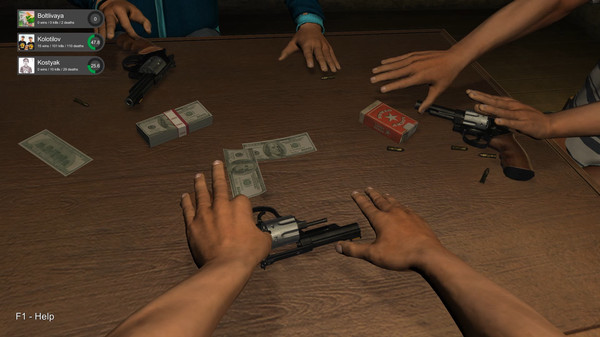
Catch your finger…
An adult clenches his hand into a fist and puts out one or the other finger, which the child must catch. As a child, I managed to play it about a million times – with my dad, on the bus on the way to kindergarten.
The bird is pecking at the seed…
One player exposes an open palm: “The bird is pecking at a seed,” and the other taps on it with a finger. Suddenly, the first one quickly says: “But it doesn’t give back!” – and squeezes his palm, trying to catch a finger. nine0003
And here’s a whole bunch of finger games from the editors of “Fun”
Orange
We shared an orange
(left hand in fist, right clasping it)
There are many of us – and he is one
This slice is for the hedgehog
(with the right hand we alternately open the fingers on the left hand)
This slice is for siskin
This slice is for kittens
This slice is for ducklings
This slice is for beaver
And for the wolf – peel!
(shake both hands)
House
Knock-knock-knock, there’s a knock somewhere.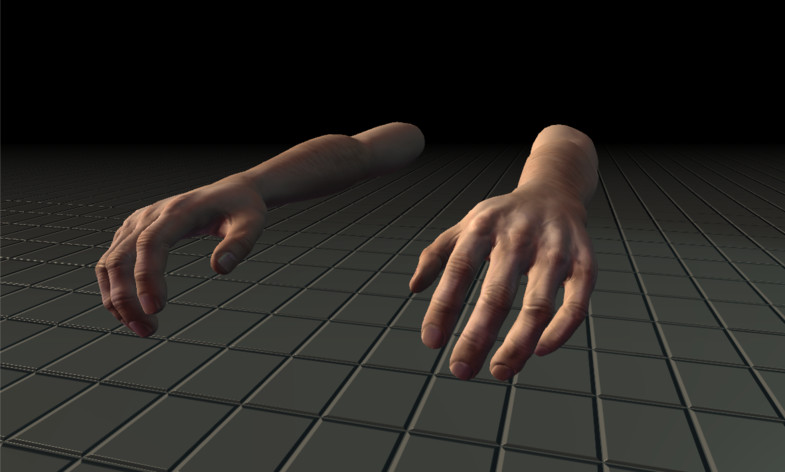
Hammers are knocking, building a house for rabbits –
Here with such a roof, (palms over head)
Here with such walls, (palms near the cheeks)
Here with such windows, (palms in front of the face)
Here with such a door, (one palm in front of the face)
And with such a castle! (clutched handles)
Mosquito
A fly flies around the ear, zhzhzh (we move a finger around the ear)
Wasps fly around the nose, ssss (we move with a finger around the nose)
A mosquito flies, on the forehead – op (touch the forehead with a finger)
And we – clap (palm to forehead)
And to the ear, zzzz (clamp the cam, bring it to the ear)
Shall we release the mosquito? Let’s let go! nine0009 (bring the fist to your mouth and blow on it, unclenching your palm)
Cat (perform actions according to meaning)
The cat washes his face with his paw
It can be seen that
is going to visit
Washed out the nose.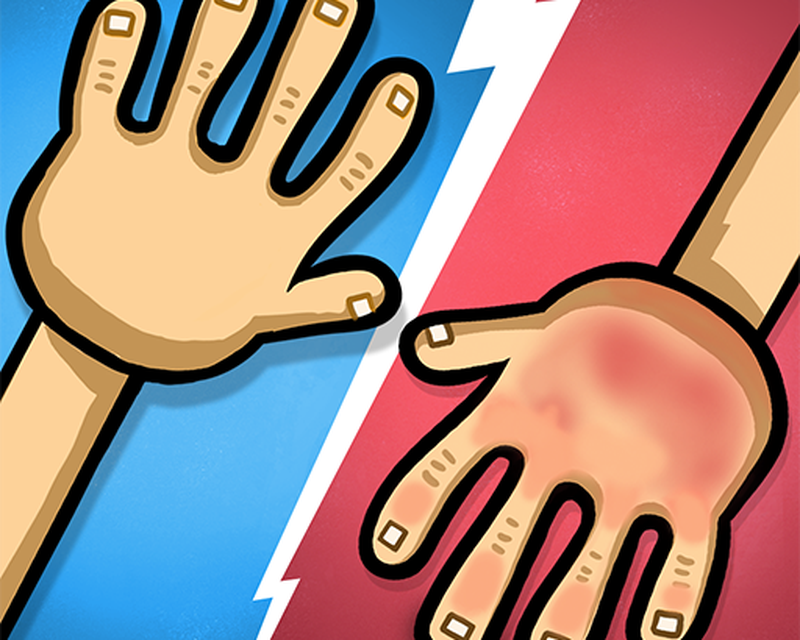
Washed out the mouth.
Washed my ear.
Wiped dry.
My family
(unclench fingers one by one from the cam, starting with the big one)
This finger is a grandfather
This finger is a grandmother
This finger is daddy
This finger is mommy
This finger is me
That’s my whole family! (rotate with open hand)
Bees
Here is a beehive, (show fist)
Bees live here.
Here they are coming out of the house,
(we bend our fingers one by one)
One, two, three, four, five!
Z-z-z-z-z-z……” (tickling the child)
Maple
The wind gently shakes the maple, (fingers spread out and reaching up)
Tilts to the right, to the left: (shake hands left and right)
One – tilt and two – tilt, (tilt left – right palms low-low)
Noisy maple foliage (wiggle your fingers).
Five ducklings
Five ducklings are swimming forward,
On the shore their mother is waiting,
(One of the hands – “mother duck” – stands on the table, leaning on the elbow. The fingers are folded in a pinch. The second hand is ducklings. We perform wave-like movements towards the “duck”.
The number of extended fingers corresponds to the number of ducklings)
But only four ducklings
We went back to mommy.
(toes gradually curl up)
Four ducklings swim…
Three ducklings are swimming…
Two ducklings are swimming…
Here is one swimming forward,
On the shore his mother is waiting,
(To the words “On the shore their mother is waiting” we “nod” with the hand (“mother-duck”).
And five ducklings at once
We went back to mommy.
Kittens
(Put your palms together, press your fingers together. Elbows rest on the table).
Our kitty has ten kittens,
(We shake our hands without separating them).
Now all kittens stand in pairs:
Two fat, two smart,
Two long, two tricky,
Two smallest most
And the most beautiful.
(Tap the corresponding fingers against each other (from the thumb to the little finger).
Do you play similar games? Which ones do you and your kids like?
Hand and finger games (children 3-6 years old)
Parents and educators want to see children affectionate, responsive and responsible. We can develop “socially desirable” behavior through the outdoor games collected in this chapter. nine0003
At the age of three to six, children’s social and moral competence develops. Preschool children strive for independence, while weakening the close emotional connection with their parents. Along with this, they learn to maintain contact with peers and adults based on respect, acceptance and a fair approach.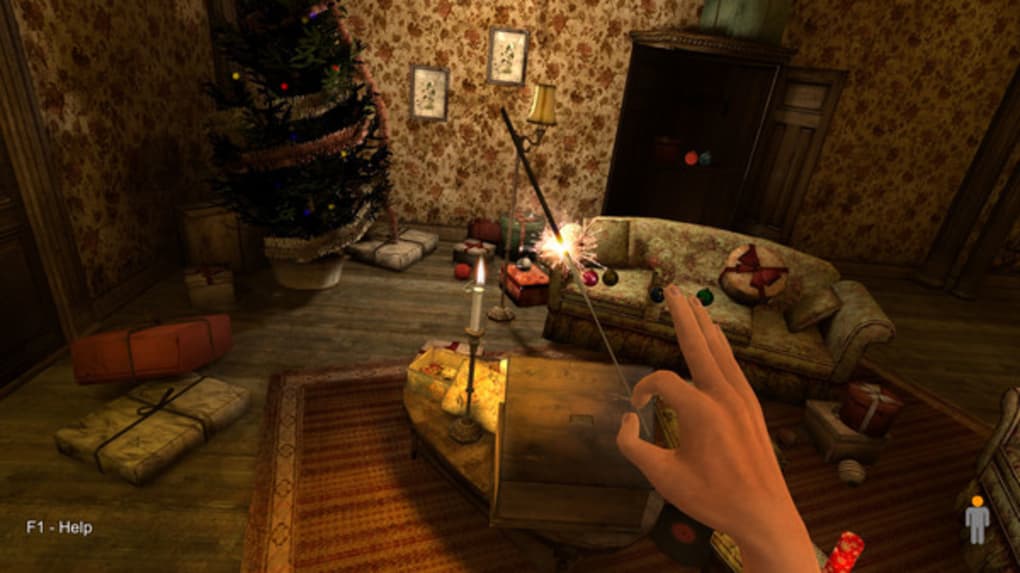
This is an important learning process in which children receive conflicting messages: in many situations, their competitive behavior and striving for superiority are rewarded, while at the same time adults emphasize again and again the importance of being understanding, welcoming, ready to help. Children grow up in a society where there is a constant struggle between altruistic and selfish values and motives. The reason for the difficulties in teaching children “socially desirable” behavior is also the shadow side of the personality known to each of us, manifesting itself in anger and rage, envy and jealousy, revenge and retribution, and readiness to defend one’s interests in aggressive ways. nine0003
Responsible social behavior cannot be taught by prescriptions and sanctions. If we want to achieve a result, we must use other means. First of all, they include the behavior of adults, which serves as an example for children.
Young children learn best from what they can do themselves. Because of this, they integrate parts of their personality, their body and their feelings more quickly. Therefore, here are games that provide good contact between children when they touch each other and can do something for each other with their hands. At the same time, the games are designed in such a way that children get the pleasure we all know when we are close to someone, when we are appreciated, when we can trust.
1. Rolling the ball
Description:
When children gather in a circle, they develop a sense of community and belonging to a group.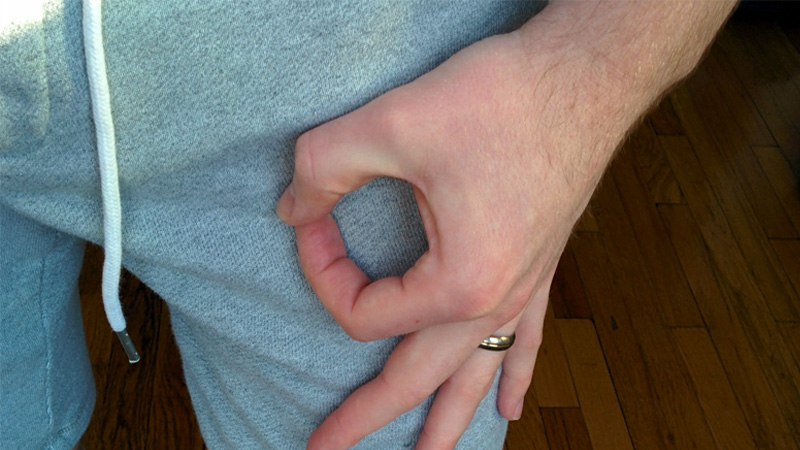
Materials: one not too small ball that rolls well.
Age of participants: from 3 years old.
Instructions for children:
Stand in a circle and hold each other’s hands. Let’s learn a poem about our group:
We stand hand in hand,
Together we are a big ribbon.
Can we be big (raised hands up),
We can be small (hands down),
But no one will be (nod to neighbors and shake hands).
Now sit on the floor, also in a circle, but tighter. We will play a ball game. It will be like this: I roll the ball to the one who is sitting opposite me. This child holds the ball firmly with both hands and waits to see what happens next. And we all together say the name of the one who has the ball, and continue: “Mark is in our group!” After that, the child rolls the ball to someone else.
2. Magnet
group in a very elegant way. The child briefly becomes the center of attention of other children.
Materials: lively music to which children dance, holding hands.
Age of participants: from 3 years old.
Instruction for children:
I want to do some magic for you. Come over here and see what I have here. (Show the children how a small magnet attracts and holds a carnation or a paper clip.) Who can tell me what is the name of this object that helps me to be such a good magician (sorceress)?
Sometimes people are magnets. When you go home in the evening, do you quickly run to your father or mother? And who will tell me when a child attracts me? ..
I want to offer you a game in which each of you will be a magnet.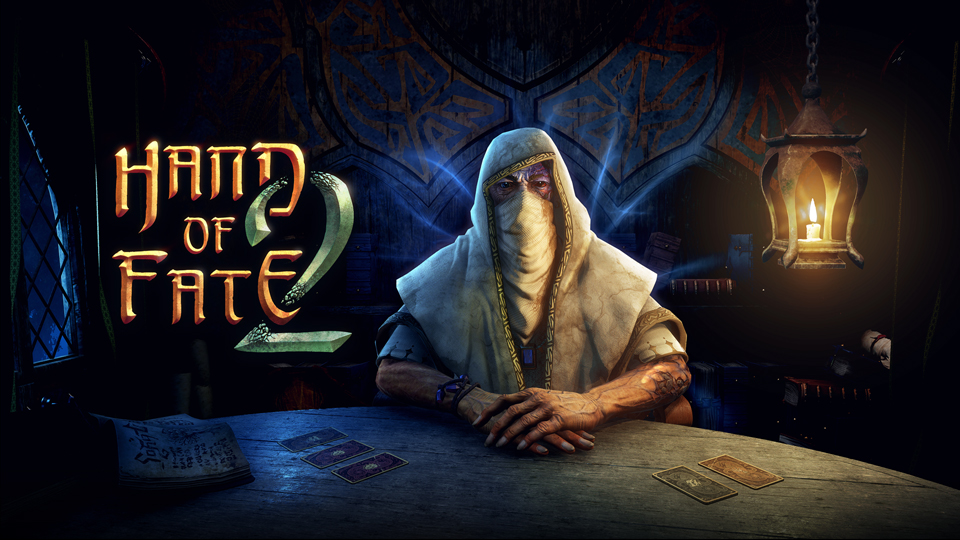
Stand in a circle and hold hands. When the music starts, you can move or jump, but don’t let go of your hands. When the music stops, I will loudly call one of you by name, for example, Maria. Then you quickly let go of your hands and run to Mary, stand in a tight circle around her and gently touch her with your hand, because at that moment she is a magnet. If someone does not want to be touched by so many children at once, he says: “Better tell me something.” Then all the children jump around and say in chorus: “Hi, Maria, you are with us, you are with us!” nine0009 When the music starts again, you again make a big circle, join hands and dance around until I call another name.
3. Gift balloon
Description:
This is a very simple and poetic game. On a symbolic level, it allows children to feel how important it is to receive something as a gift and give it yourself.
Materials: cheerful but not fast music, such as Minuet by Luigi Boccherini; balloon.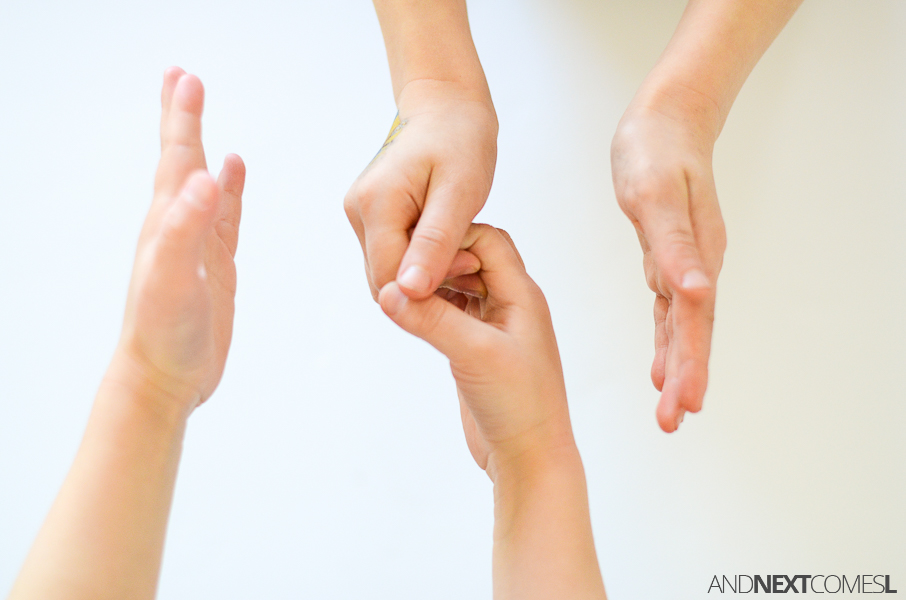
Age of participants: from 3 years old.
Instructions for children:
Sit on the floor in a tighter circle. Today I have a beautiful and bright balloon with me. Imagine that the balloon is a wonderful gift that you give to your best friend. If you give a ball to someone who is next to you, he thanks you for giving him something very beautiful. Think about how you want to give the gift. Maybe you look friendly, smile, give the gift slowly or quickly, say something at the same time? Listen to the music that will play for you. nine0009 And the child who receives the gift will decide for himself how he will accept it: with a smile, with a satisfied face, he will say “thank you” …
Or maybe some children will want to pass the gift with their eyes closed.
4. Hot Potato
Description:
This game allows you to feel and understand that sometimes in life failure is inevitable and that you need to be able to cope with it.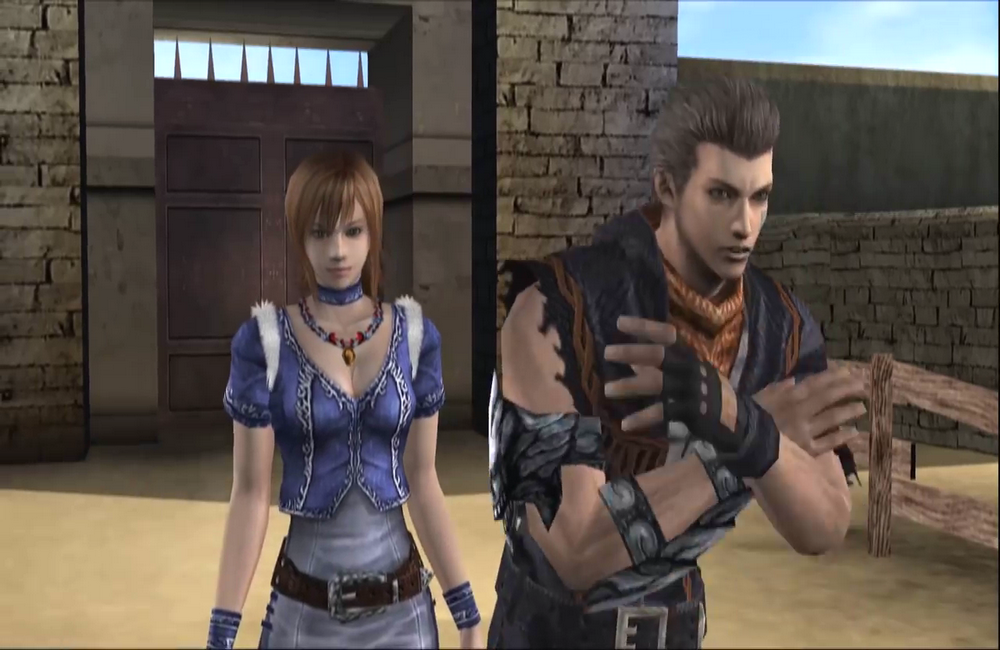
Materials: one potato.
Age of participants: from 3 years old.
Instructions for children:
Sit on the floor in a circle. I have a potato cooked for our game. But she is special. Now you have to imagine that this potato is very hot. So we have to pass it on to each other very, very quickly. If it lingers in someone’s hands, then we will all imagine that he burned his fingers. And then what? We also have stopwatches in the game. It’s one of you who sits around the circle with his back to us and from time to time shouts “Stop!” when he wants to. If we heard “Stop!”, the potato cannot be transferred, it remains in someone’s hands, and he is “burned”. nine0061 (The interval for the stop watch must be between 30 and 60 seconds.)
Ay-yy-yy! For him, this is a real problem. But, fortunately, we can console him. Those who are sitting next to him will put their arms around his shoulders and gently shake him from side to side a couple of times until the child with the potato says: “Next.
5. Birthday cake
Description:
This game is especially timely when one of the children has a birthday. Then the whole group participates in the “cooking” of the cake, and it becomes truly unique.
Age of participants: from 3 years old.
Instruction for children:
I want to offer you a game called “Birthday Cake”. All children will be able to participate in it and bake an unusual cake.
Sit on the floor in a circle. Imagine that our circle is a bowl where all the products for the cake are mixed. Well, think about what you need for the test. To make the cake tasty, we need a couple of eggs. Which one of you wants to be? Be the eggs that are broken into the bowl and lie down in the middle on the floor.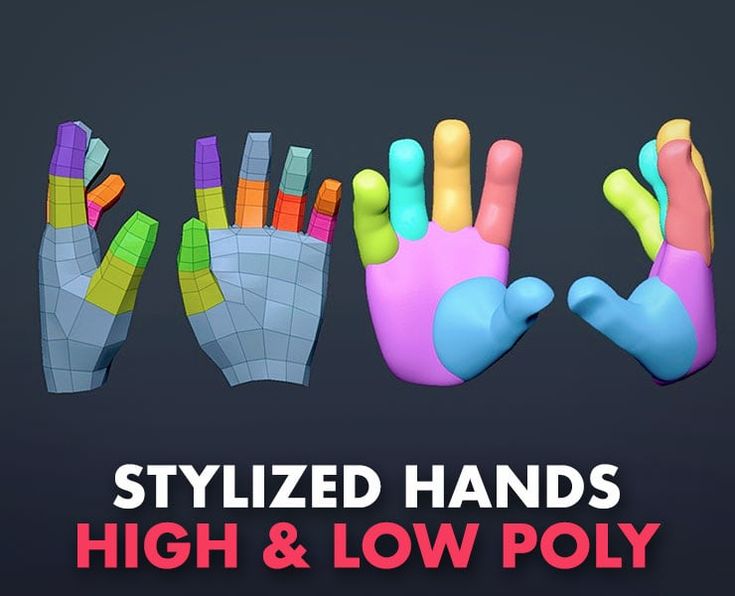
(Let the children be different foods. Ask who wants to be, for example, flour, milk, sugar, raisins.)
Those who join the “dough” must ensure that all foods are well mixed.
One or two children will be the candles on the cake. (“Light them up” joyfully and say in unison a short verse chosen by you, suitable for such a unique birthday cake.)
6. Still pool
Description:
The game emphasizes the feeling of belonging to a group, makes it possible to use the sensitivity of children’s hands and feel the subtle nuances of touch. This game is best suited for small groups of five to nine children. If the group is large, divide it into subgroups. Let the first subgroup play on the first day, and the rest on the other.
Materials: flowing instrumental music and blindfold.
Age of participants: from 4 years old.
Instructions for children:
Stand together in a circle and hold hands.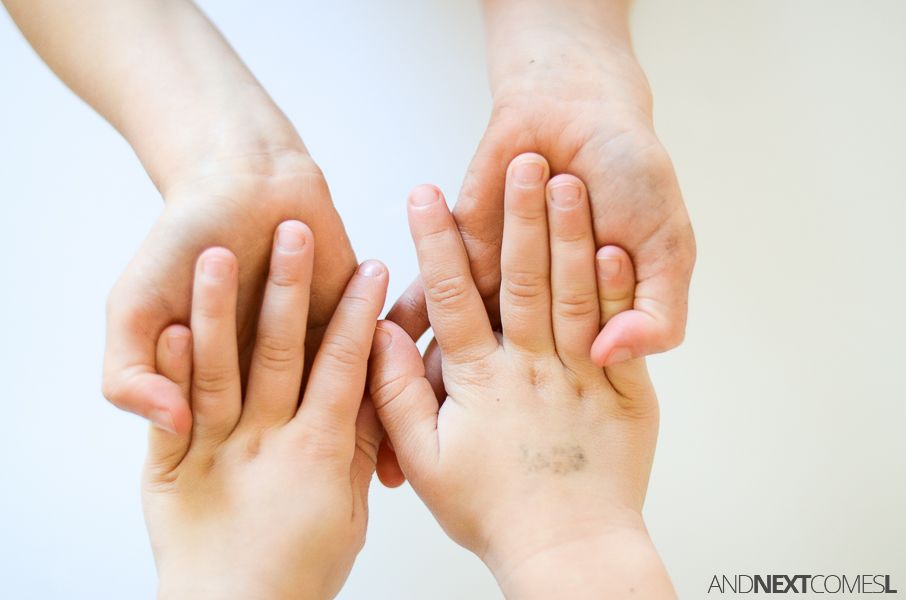
After waiting a little, the one in the center shouts: “Still pool!” Our circle stops and the child with the bandage slowly walks forward until it touches someone. Very carefully, he feels the head of this child with his hands and tries to determine who it is. nine0009 (If the child has trouble guessing who is in front of him, you can give him a hint. When the child guesses, he stands in a circle and the other one comes to the middle and puts on a blindfold.)
When touching the head of another child, please act very careful. If you move your fingers very slowly and gently, then your hands will become magical: with their help you will be able to see!
(Be very careful and supervise the children when necessary. Make sure that the children only touch the head, not the clothes, and that others behave calmly at this moment.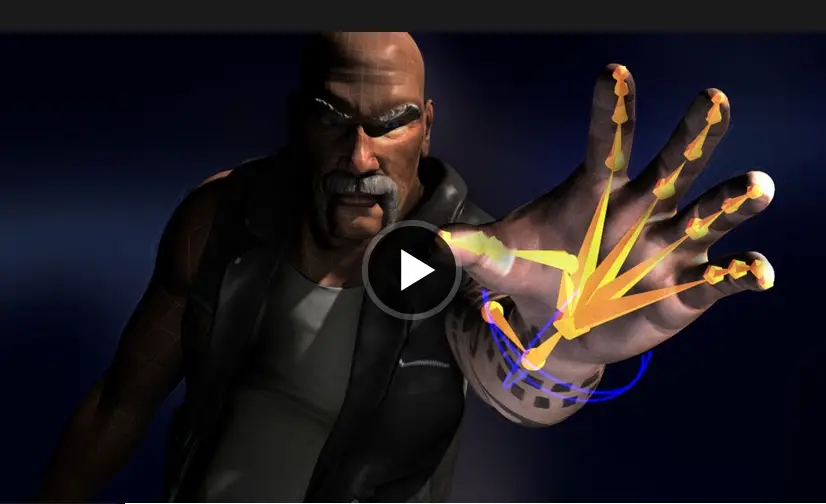
For older children, you can make the task more difficult by asking the child with the bandage to tell in advance who he wants to find.)
7. Tenderness
Description:
This wonderful game calms and relaxes children. It is good if the child discovers as early as possible that his hands are needed not only for solving practical life problems or for manipulating toys: with the help of his hands he can communicate with peers and express sympathy, understanding and sympathy. When children touch each other, they learn to be both independent and close to each other. nine0003
Materials: smooth music, such as Handel’s Aria.
Age of participants: from 4 years old.
Instructions for children:
Divide into pairs. One of you sits comfortably on the floor, imitating scissors with your feet or simply stretching them out in front of you, and closes your eyes. The other quietly kneels behind the partner and slowly takes his head with both hands.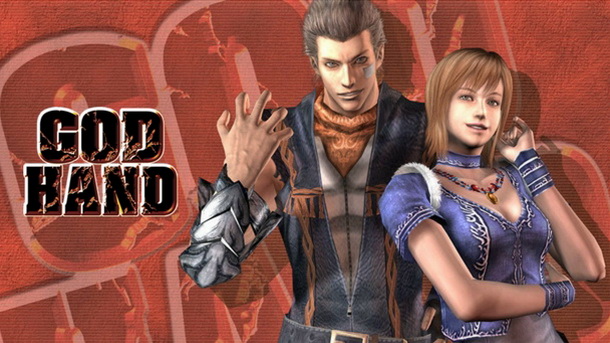
The one who is on his knees should very slowly move his partner’s head back and forth. Imagine that your partner’s head hurts or is tired and you want to give him something good, namely your care. Or you can imagine that your partner’s head is a little animal that got lost and is now happy to be in two gentle hands (2 minutes).
Now slowly remove your hands from your partner’s head and grab his arm. Gently lift it higher, move it from side to side. The one who sits expects his hand to be taken care of as tenderly as before the head. Feel how pleasant and soothing it is (1 minute).
Slowly lower your hand, put it back where it was, but please don’t drop it.
Raise your other hand and gently move it from side to side (1 minute). nine0062
Now bring that hand down as well and gently place both hands on your partner’s shoulders. As you do this, imagine how warmth and sympathy flow from your arms to your partner’s shoulders and show him how nice it is to have a friend (30 seconds; then role reversal.







